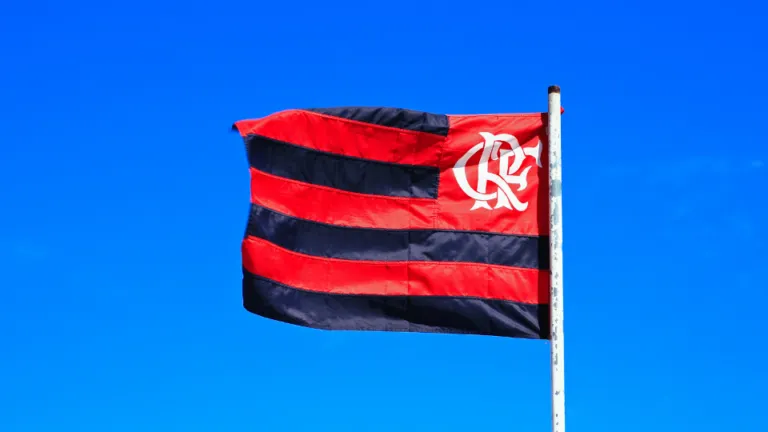The Brazil Cup Trophy, also known as the Taça das Bolinhas, and often referred to as the Copa do Brasil, is one of the most iconic symbols of Brazilian football. Created in 1975 by the Brazilian Football Confederation (CBF) and sponsored by Caixa Econômica Federal, this trophy was designed to honor the first football club in Brazil to win the Brazilian Championship three times in a row or five times alternately starting from 1975. The history of this trophy is not limited to its physical attributes but also includes the intense rivalries and controversies it has sparked among Brazilian football clubs.
Design and Symbolism of the Jules Rimet Trophy
The Brazil Cup Trophy stands 60 centimeters tall and weighs 5.6 kilograms. Its design is unique, consisting of 156 spheres, one of gold and the others of silver. The spheres, arranged in 13 levels, increase in size as they rise, culminating in a golden sphere at the top, symbolizing the ultimate champion. The trophy rests on a rosewood base, giving it an elegant and timeless appearance.
Artist Maurício Salgueiro designed this trophy with the intent of representing the growth and progression of the teams throughout the championship. The increasing size of the spheres symbolizes the rising challenge and competition, with the golden sphere at the top representing the pinnacle of success in Brazilian football. The design also incorporates remarkable dynamic tensions, capturing the energy and movement of athletes at the moment of victory.
The Evolution and Impact of the FIFA World Cup
From 1975 to 1992, the original Brazil Cup Trophy was awarded to the winning club of the Brazilian Championship, but only as a temporary prize. Each victorious team received a miniature replica, 30 centimeters tall, to keep in their trophy cabinet. The regulation stipulated that the club that won the championship three times consecutively or five times alternately would gain permanent possession of the original trophy. However, this rule only applied to titles won from 1975 onwards, meaning that previous Brazilian championships were not counted.
The current trophy, introduced in 1974, represents a new era in the tournament's history with its distinct design and features, including requirements for future replacements due to registration limitations.
Between 1980 and 1985, during a period when the championship was known as the Copa Ouro, another trophy over a meter tall was awarded. Additionally, in 1987 and 1988, during the era of the Copa União, another trophy, the Troféu Copa União, was introduced by the magazine Placar, increasing the complexity of the trophy's history.
Controversies Surrounding the Trophy
The most famous controversy involving the Brazil Cup Trophy concerns the Flamengo club and its claim to have won the Brazilian Championship five times, which would grant it the right to the trophy. The dispute centers around the controversial 1987 title of Flamengo. That year, the Brazilian Championship was divided into two distinct tournaments: the Green Module (Copa União), which Flamengo won, and the Yellow Module. The Brazilian Football Confederation (CBF) decided that the winners of these two modules should face each other to determine the overall champion. Flamengo, along with Internacional, the runner-up of the Green Module, refused to play against Sport Recife and Guarani, the winner and runner-up of the Yellow Module, respectively.

This refusal led the CBF to recognize Sport Recife as the official champion of 1987. The subsequent legal battles dragged on for years, with the courts repeatedly upholding Sport Recife's claim. Nevertheless, Flamengo continued to assert its right to the 1987 title, leading to confusion and division among fans, clubs, and football authorities.
With only a few games left in the season, Flamengo was significantly behind in points due to its inability to maintain focus and consistency in the face of these scandals, which also had a major impact on the team's performance in the national championship.
The Final Decision and the Consequences of the New Trophy
In 2010, the CBF finally decided to award the Brazil Cup Trophy to São Paulo Futebol Clube for having won the Brazilian Championship five times alternately (1977, 1986, 1991, 2006, and 2007). This decision came after years of legal disputes and intense debates. São Paulo received the trophy on February 14, 2011, despite Flamengo having obtained a court order to prevent the handover. Flamengo continued to challenge this decision in court, seeking recognition of its 1987 title and the right to the trophy.
The final decision had a significant impact on the teams' performance in the Copa Libertadores, as the recognition of titles often influences clubs' morale and their international standing.
The legal disputes came to a conclusion in 2014 when the Superior Court of Justice (STJ) confirmed Sport Recife as the sole champion of 1987. This ruling was subsequently upheld by the Supreme Federal Court (STF) in 2017, effectively ending Flamengo's pursuit of the 1987 title. Despite this, Flamengo filed another action in 2018, seeking recognition of the Green Module of the 1987 Brazilian Championship as a separate championship, thus creating the possibility of two Brazilian champions for that year. However, this action did not result in a division of the title.
The Legacy of the Taça das Bolinhas and the Brazilian Football Confederation
The Brazil Cup Trophy, or Taça das Bolinhas, continues to be a symbol of both the glory and controversies that define Brazilian football. While São Paulo holds the trophy, the debates and emotions surrounding it continue to evoke strong feelings among fans and clubs. The importance of the Taça das Bolinhas extends beyond Brazil, highlighting the competitive landscape of football in South America. The history of the trophy is a testament to the passion, rivalry, and drama that characterize the sport in Brazil. While it rests securely in a bank vault, the Taça das Bolinhas serves as a reminder of the intense battles fought both on and off the field for the ultimate honor in Brazilian football.